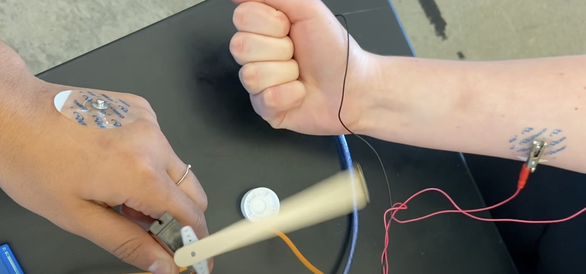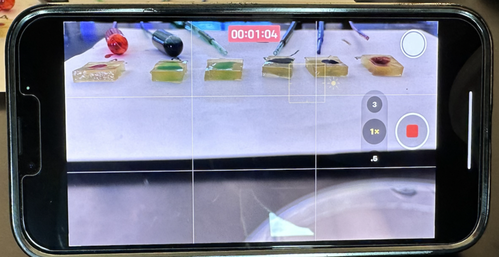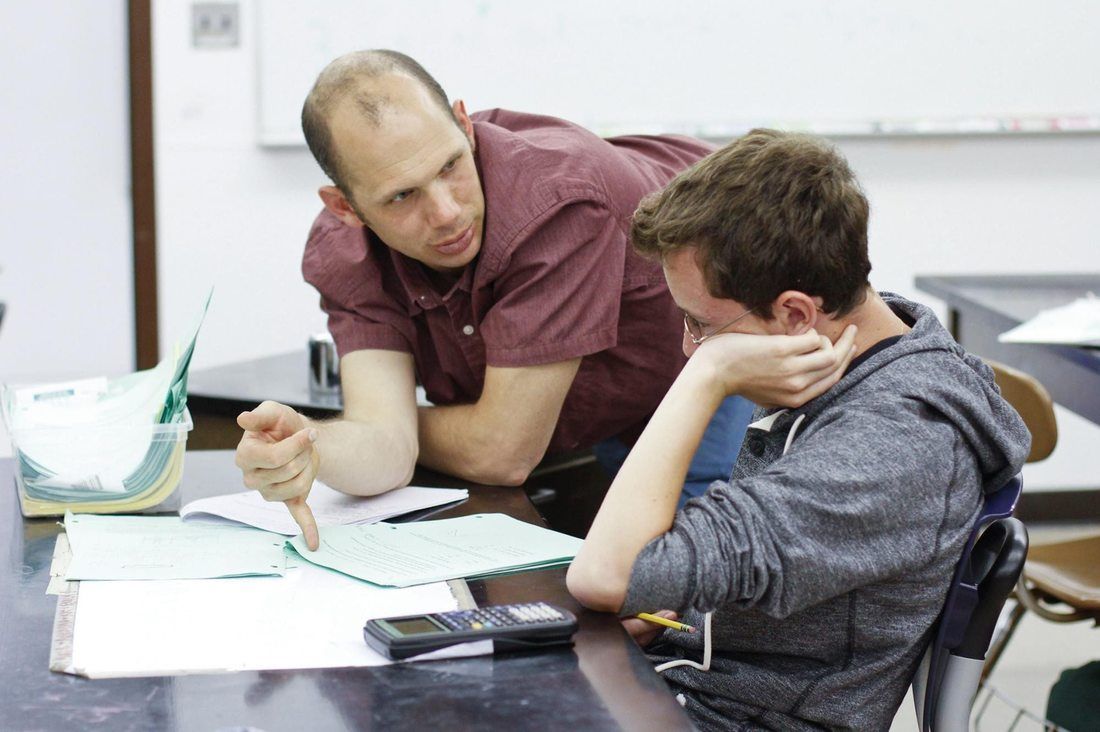|
|
|
This lab activity takes students on a unique journey through the world of neuroscience and engineering to explore the complex nature of Parkinson's Disease. Students will simulate the motor symptoms of Parkinson's Disease firsthand by experiencing disruptions in motor control aimed to foster empathy for those living with the condition. Integrating biochemistry, neuroscience, and engineering principles, this lesson is a powerful tool for inspiring the next generation of scientists and empathetic individuals. Click here for access to all lesson resources.
This lab activity directly tackles a pressing issue: the opioid crisis, with a spotlight on fentanyl, one of the most potent and problematic drugs out there. This isn't just any experiment; it's a timely exploration of a topic that's as relevant as it is serious, using a creative setup to model the brain's defense mechanisms against substances like fentanyl. Using simple materials to simulate the blood-brain barrier, we'll uncover why fentanyl is particularly adept at breaching this protective boundary. It's a hands-on way to grasp the complex science behind drug interactions and their impact on the brain. I'm aiming to strike a balance here—keeping it professional, yet approachable, ensuring we all grasp the gravity of the opioid epidemic while engaging with the chemistry that underlies it. This lab is more than an educational exercise; it's a chance to connect classroom learning with real-world challenges and tackle this topic head-on, learn together, and shed light on the science behind opioid toxicity. Click here for access to all lesson resources
If you have been following my recent posts, merging the physical and life sciences is a passion of mine. Currently we are studying optics in my introductory physics class. Using preserved cow eyes left over from a biology dissection last semester, I challenged students to remove the lens from the eye, and using, determine the focal length of the lens experimentally. Below is are videos of initial student exploration once the lenses have been removed.
The more I teach students in my Biochemistry class about the intricacies of Protein Folding, the more certain I become that it is a perfect learning medium for uniting various disciplines. From protein translation in biology, to intermolecular forces in chemistry, to applications of AI in computer science, developing an appreciation for the structure-function relationship in biology via investigating the elegant nature of how proteins fold is a powerful way to unite STEM disciplines. Below are a few activities I am currently using with my students in chemistry, biology, and engineering courses.
The video below shows how I used ChatGPT (inspired by a student request) to create an program capable of translating an mRNA sequence into a protein sequence using HTML, CSS, and JavaScript files that run locally on my browser. Click here for files. |
Categories
All
Archives
March 2024
|



 RSS Feed
RSS Feed